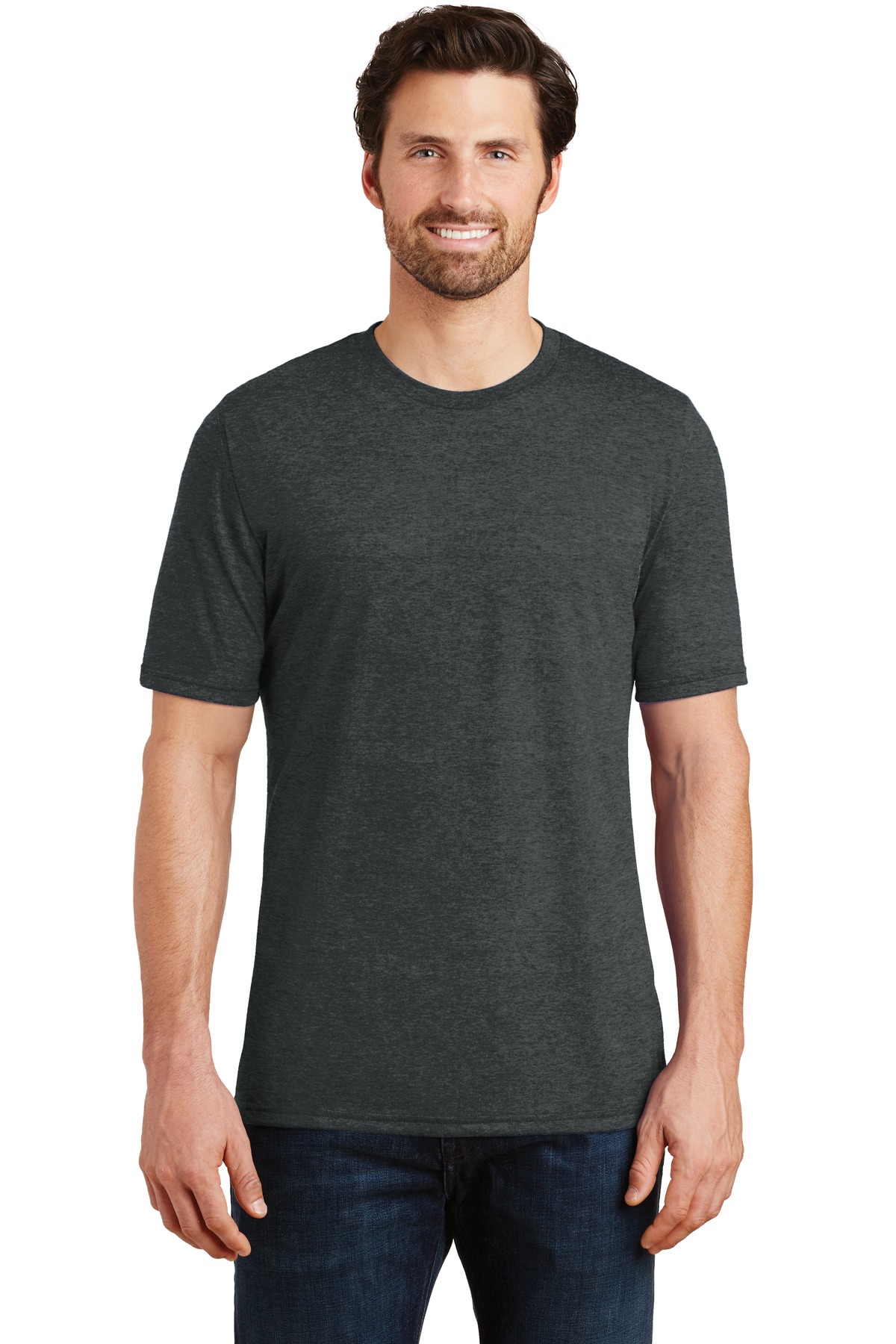
It is commonly called edible banana or French plantain. balbisiana) is a sterile triploid that is cultivated in warm climates for its tasty yellow-skinned fruit (bananas). When using this option, foliage may be trimmed back or left on the plant and allowed to brown up in the normal course (4) If growing plants directly in the ground, dig, wrap roots, trim back the leaves and store as in option #3 above. Options for overwintering include: (1) Bring container indoors in fall before first frost and place in a large sunny room for overwintering as a houseplant, with reduced water and fertilization (2) If plant is too large to bring inside as a houseplant, cut foliage back to 6-8” in fall after first frost, and store container in a cool, dark, frost-free corner of the basement until spring, providing just a touch of moisture as needed in winter to prevent the soils from totally drying out (3) If container is too heavy or too large to bring inside, remove plant from container in fall before first frost, wrap roots in plastic and store in a cool, dark, frost-free corner of the basement until spring. Outdoor plants must be overwintered indoors, either as houseplants or by forcing plants into dormancy. Keep container soils consistently moist but not wet. For containers, use a well-drained potting soil mix. Site plants in areas protected from strong winds which can severely damage the large leaves. Fertilize plants regularly during the growing season. Best growth occurs with consistently moist soils that do not dry out. Plants tolerate and often appreciate some part shade or light filtered sun in the heat of the day.
#District red frost full#
Plants are best grown in organically rich, medium moisture, well-drained soil in full sun. Louis, plants will not survive winter outdoors, but may be grown directly in the ground (if dug in fall), in greenhouses, in containers (overwinter indoors) or as houseplants. Louis, this can be an interesting ornamental plant with tropical flair, but it is not expected to produce fruit and will require considerable maintenance. For a long fence line an auger at the end of a bobcat or PTO tractor is a great investment as it will dig the holes fast and accurately.Winter hardy to USDA Zones 9-11. A handheld auger is usually the best option as they are cheaper to rent and easier to work with and maneuver. Here in Los Angeles where the ground doesn’t freeze, the irrigation and sprinkler pipes are not buried very deep, so you need to be extra careful when digging around them.Ī shovel and post hole digger are all that is needed to dig a deep hole, but if you’ve got large rocks or hard pack in your area then a long pry bar is also helpful.Īn auger is the fastest way to dig holes and can save you a lot of time and money even with the cost of renting. Tips for DiggingĪnytime you are digging, it’s best to know the frost line as you will know how deep the water pipes are so you can avoid them.
#District red frost code#
Check your frost line by zip code or address using this map from the National Weather Service.Īs we mentioned before, make sure you check with your local building codes before you start digging. If the map isn’t accurate enough for you. The maximum frost line depth is 100-inches as seen near the tip of Minnesota, North Dakota, and Alaska, all the way to zero inches in Florida, southern Arizona, and southern California. Note how it moves down from 72-inch depth to a 6-inch depth. This map is from the National Snow and Ice Data center and shows the frost line map across the United States. The ground will be thawed by then making it easier to dig to the proper depth. If you are in a cold zone and aren’t in a rush to build, it’s best to wait until spring to start digging. Dig a deep hole in the soil to pour mortar on the fence posts to strengthen the foundation. This is why it’s so important to be aware of the frost line and dig below it when installing your footings. You can see how this can be detrimental to any posts or footings. This process causes the ground and anything in it to move upwards. What is Frost Heave?įrost heave is when the ground freezes and then thaws. Check your local building codes to determine the proper depth past a frost line a footing should sit. It’s also important that the footings for a building or a deck are placed well below the frost line so the posts don’t shift as the ground freezes and thaws. Water pipes should always be set below a frost line to prevent them from freezing in the winter.

It’s important to know the frost line depth for construction purposes. The frost line is the depth at which the ground freezes.


 0 kommentar(er)
0 kommentar(er)
